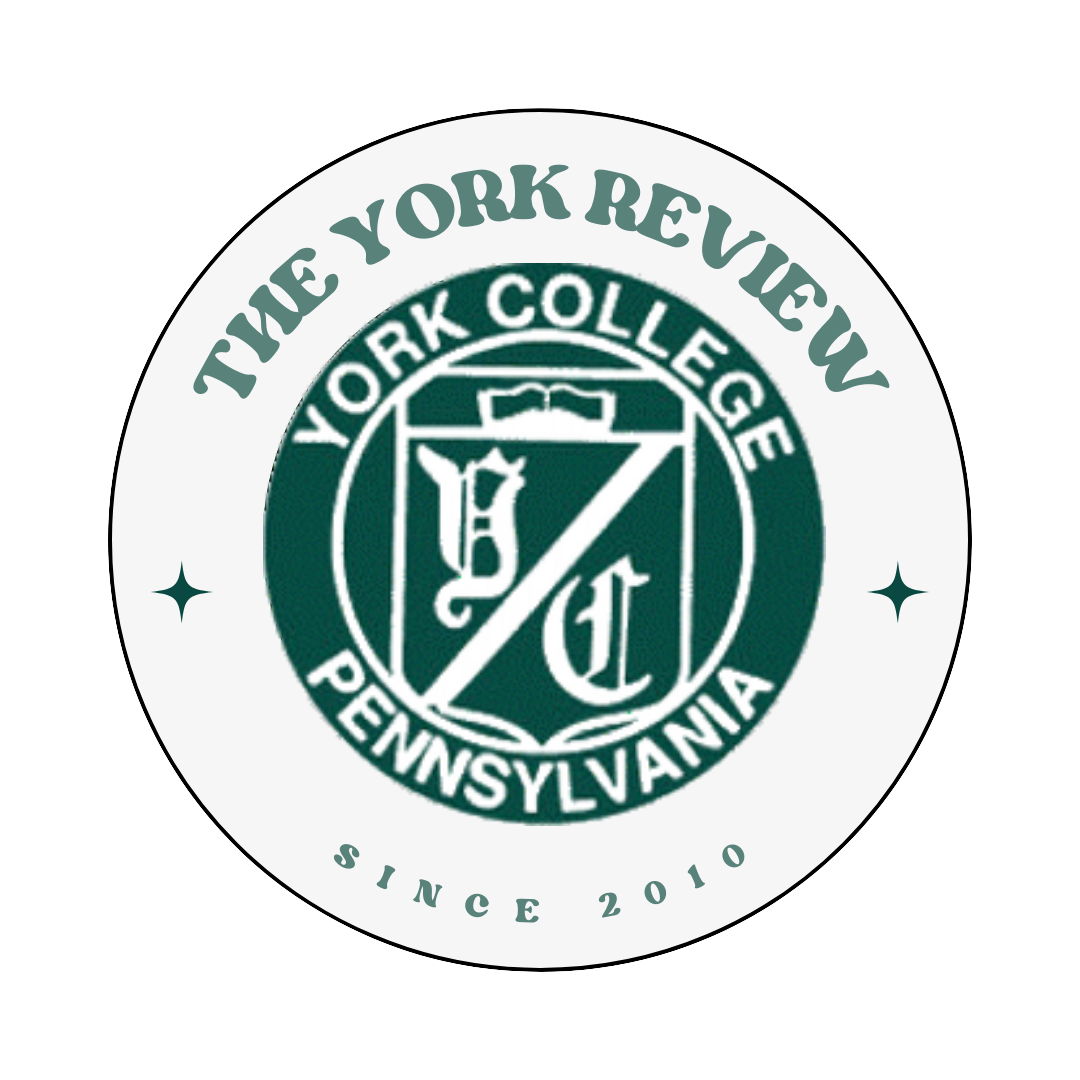Fantasy and Science Fiction: A Genre Futch-Scale
“S to F Futch-Scale” Futch-Scale Meme
I talked to two professors at York College of Pennsylvania who specialize in Fantasy and Science Fiction literature respectively, Dr. Vause and Dr. Cutrufello, each with a different emphasis in interpreting literature.
To approach the drifting of genres chronologically, let’s talk about fairy tales and epics. Vause distinguishes between fairy tales and general fantasy by the logical quality of the story. Fairy tales don’t have a “central logic” to them; the bizarre — a concept called whimsy — just happens. They don’t have to follow rules and tend to be shorter with a smaller scope. To contrast this, fantasy stories have a not-totally concrete logic (i.e. magic phrases that mean specific things or higher-order powers like gods or demons working supernatural events into an otherwise fairly mundane world) which dictates the flow of the fiction and also tend towards novel-lengthed works. Tolkien pulled fairy tales and fantasy together with the world he constructed and in doing so reworked the basic understanding of the genre. He created an epic of High Fantasy.
Fantasy as a concept is ancient. The epic could be considered the original fantasy story; take The Epic of Gilgamesh for example. There’s an important man who is both loved and hated by various gods. When some of them plan to wipe out humanity with a flood, one of the gods sneaks down to tell Gilgamesh to build himself a boat or he’s going to die. The only supernatural elements are explained as the working of a divine but knowable entity. Dr. Vause somewhat jokingly confided that her Classical peers would be less than thrilled with the assessment that epics are a type of fantasy story. “Myth gets overlapped with fantasy as well,” she said; there’s a messy boundary between myth, fantasy, and science fiction. In fact, “fantasy and science fiction connect together — there is some overlap — but they don’t seem to have a lot in common.” They are similar.
Dr. Cutrufello emphasized the differences between the genres in this same continuum of explained occurrence. The early Scientific-Romance (think Frankenstein by Mary Shelly) exists in a liminal state where they were both Science Fiction (SF) and Fantasy at the same time. The creature is brought to life by a process that looks like Galvanic science but is not fully explained — the key feature of SF according to Dr. Cutrufello — and therefore retains fantastical elements. SF is dependant upon how the writer is “constructing the world and what are the explanations the writer gives for elements of the world.” He argues that in Lord of the Rings Trilogy magic is the unexplained non-mundane; there are laws but no structural connection.
SF exists on the continuum of explanation and does not involve actual science but rather contextualizes the story in the knowledge of science as it is known during the time of writing. Hence why Frankenstein can be considered a work of early SF. The explanations matter so much because it grounds the continuum in our world; it is the “logical, even if improbable, extension of known technology. Fantasy has a role today” although it is less explanatory of our conceptions of reality.
Hard Science Fiction (Hard SF) is slightly different than regular SF in one key regard: it only focuses on the probable. It’s a kind of “scientific poetry,” said Dr. Cutrufello, in which a writer constrains their art form to the bounds of the real or really probable technology. There are no McGuffins whatsoever and is more focused on what kinds of realistic advancements would need to be made for the events to take place. For example, Kim Stanley Robinson’s Mars series focuses entirely on the brutal realities of terraforming and colonizing Mars. Most of the action is found in what goes wrong with the system. One tunnel collapsing means everyone can and probably will die.
Speculative genres like SF and Fantasy exist on a kind of gradient relating to whimsy. Fairy tales are almost pure whimsy (two kids get ditched in the woods, then find a witch living in a candy house who tries to eat them and they responded by shoving her in the oven, burning her house down, running away, and then a swan takes them home-seriously what is up with the swan), Fantasy has some whimsy where the supernatural acts upon the natural world, SF has a more reasoned basis but can still have some whimsy as scientific advancements are not always explained and functionally the same as magic, and then Hard SF is the most grounded in possible, logically extrapolated technology.

